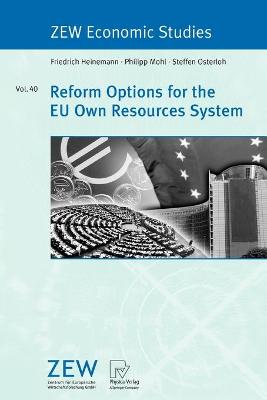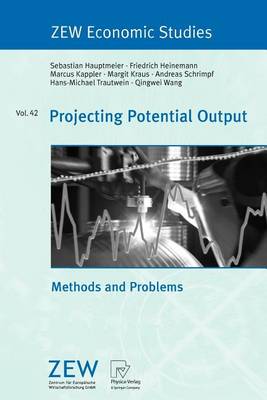ZEW Economic Studies
2 primary works
Book 40
Reform Options for the EU Own Resources System
by Friedrich Heinemann, Philipp Mohl, and Steffen Osterloh
Book 42
Projecting Potential Output
by Sebastian Hauptmeier, Friedrich Heinemann, and Marcus Kappler
In spite of the widespread use of the concept of potential output in economic theory and empirical applications as well as in economic policy debates, the historical background and the assumptions inherent to this concept are rarely made transparent, let alone critically questioned. Against this background this book sets out to determine the extent to which the concept of potential output rests on clearly defined theoretical foundations and how far prevailing empirical quantification methods really provide reliable insights into potential output growth of an economy. In addition, the authors examine alternative methods for a forward-looking assessment of potential output growth.

